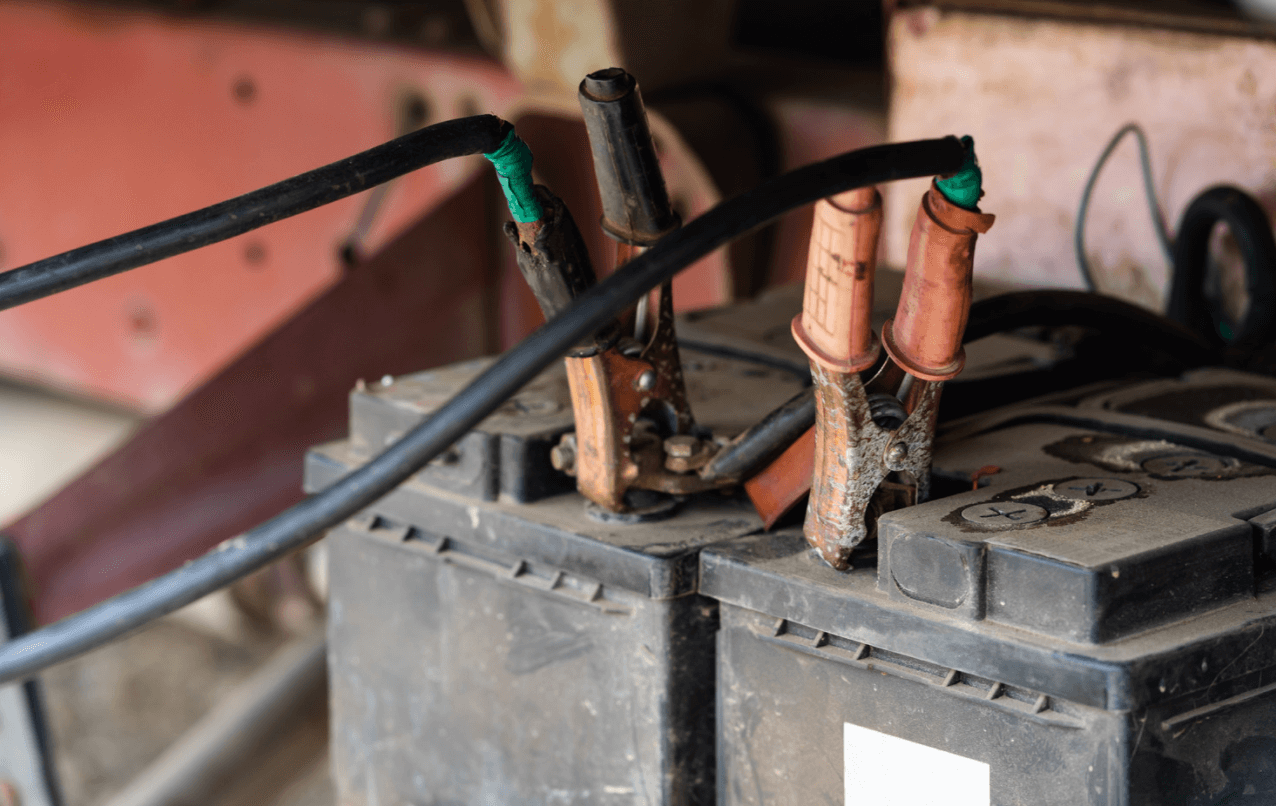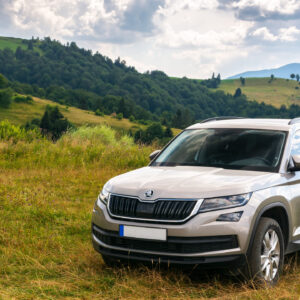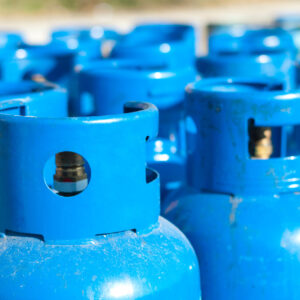Whether you want to use electric hook-ups for your campsite holidays, park in fields for weekend-long festivals, or live off the grid with a solar kit arrangement, campervan batteries are a vital part of your van setup.
Some of the best batteries for caravan include:
Best Value for Money: Platinum 100Ah AGM Plus
Best Lithium Battery: Renogy 100AH Smart Lithium Iron Phosphate
Best Dual Purpose Battery: Energy Expedition Plus Semi Traction leisure battery
Consider the following factors while purchasing batteries for your camper van.
Battery Life
Battery Capacity
Temperature range required
Weight
Size
Price
Batteries are generally available in two types: ‘flooded’ and ‘sealed.’
Sealed batteries contain their reservoir of electrolytes, so they don’t require watering. They have a comparatively long life but comparatively low cold-cranking amps (CCA) – so they’re not great for starting up in the winter. Flooded batteries need to be kept topped up with distilled or de-ionized water – but they have a higher CCA.
Flooded batteries also give off a little hydrogen, so it’s worth venting your battery box regularly – many campervans now come with vented battery boxes as standard. Quality flooded batteries can require topping up every month-and-a-half to two months, depending on the ambient conditions.
If you’re leaving your caravan unused for more than a couple of weeks, disconnecting your battery is probably wise – but remember to recharge before reconnecting it.
Flooded batteries will give off explosive gasses if they are overcharged or short-circuited, so ensure that any connections are secure and that all wiring is appropriately insulated.
Sealed batteries should be used as much as possible indoors – do not use inside cabinets unless they are well vented and sealed to the outside world. They should never be allowed to discharge below 50% capacity, or it can lead to a loss of performance and eventually a shorter lifespan.
Fully charged caravan batteries should be topped up at least every three months if not used regularly, then fully recharged before use. The caravan battery must never drop below 50% charge while in storage as this can lead to sulfation.
A new battery should always be brought up to full charge before using it, which may mean leaving it on charge for an extended period. If there is no automatic charger fitted, you will need to find the correct charging voltage – most often, this will be four to five amps at 12volts (for a 200Ah battery).
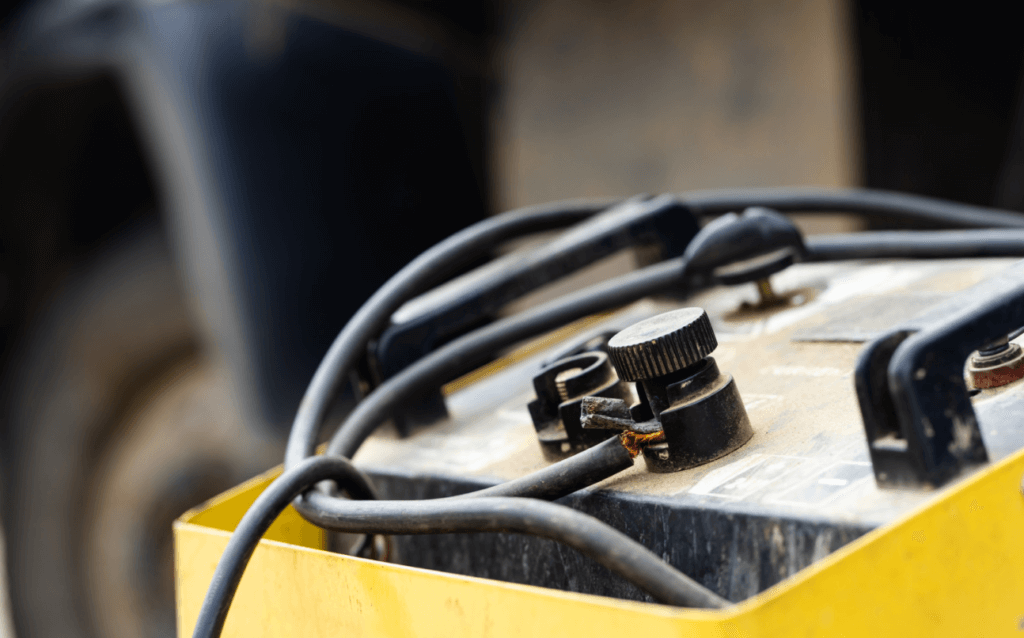
A common mistake is using too high a voltage when charging. For example, if your automatic charger is set to 14.4 volts, this will overcharge your battery and cause permanent damage.
Caravan batteries like a steady, regulated charge – not one that varies wildly from, say, 13.8 up to 16volts. Chargers with temperature sensors are more likely to give the correct voltage under all conditions and prolong battery life by around 15%.
Lead-acid batteries don’t like being run down too low. So if you’re relying on solar power, check the charge regularly and top up with an appropriate charger when necessary. When making long journeys, take care not to let the battery discharge below 50% capacity; if this does happen, never attempt to recharge it using your alternator, as this can fry your battery and render it useless.
If you need to replace a caravan battery, take time to do the research – ask the retailer which batteries they recommend for your type of usage. Cheap batteries may be cheap but will cost more in the long run. The true cost of ownership includes the initial outlay plus the replacement costs due to early failure or damage from sulfation.
Wind-up torches are a great way of keeping your batteries topped up – with no need for any main hook-ups. Just wind them up, and you’ll have light – simple!
Is It True That Lithium Batteries Are More Suitable For Caravans?
The safest, most efficient, and most reliable way to power caravan equipment is with lithium deep cycle batteries.
How Long Should A Caravan Battery Last?
Most motorhome batteries are designed to last for five years if properly maintained. Make sure you’re using a good charger to get the most out of your caravan batteries.
What Exactly Is An AGM battery?
The AGM (Absorbent Glass Mat) battery is an improved lead-acid battery that provides more power to accommodate today’s cars and start-stop applications. AGM batteries are exceptionally vibration resistant, completely sealed, non-spillable, and require no maintenance.
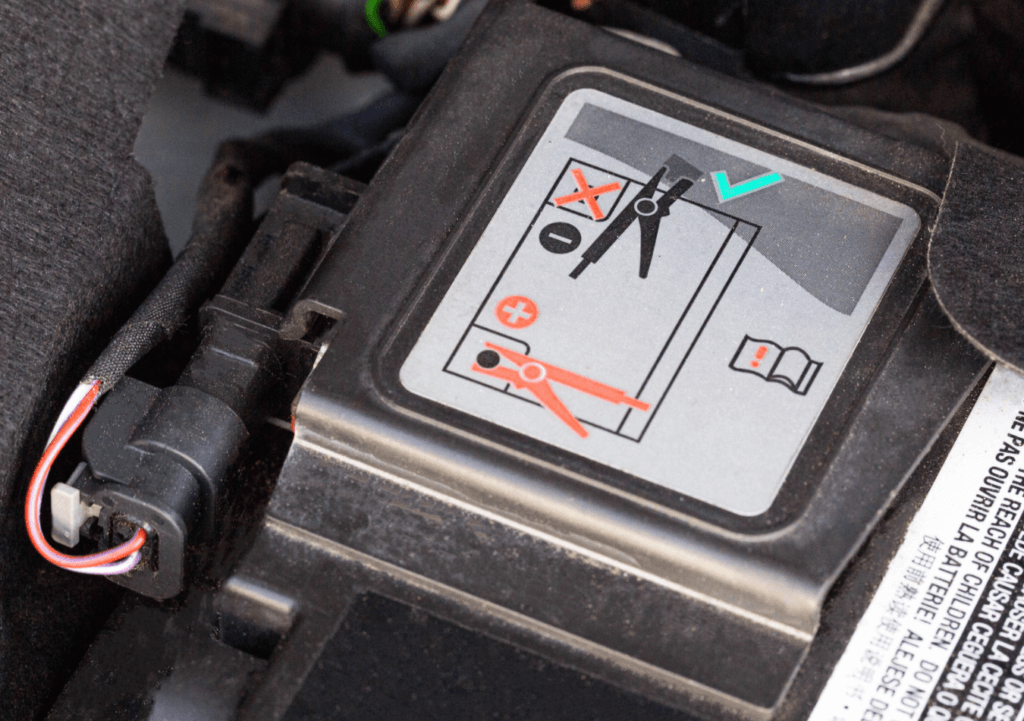
On A Leisure Battery, What Does 80 Cycles Mean?
A cycle is the number of times a battery may be charged after being partially drained by 50%. The more cycles a battery can handle, the longer it should last in the long run; these batteries are sometimes referred to as ‘deep-cycle’ batteries.
Is It Better To Use An AGM Or A Lithium Battery?
To extend the life of AGM batteries, it is typically suggested that they be depleted to 50% of their capacity. A lithium (LiFePO4) battery, on the other hand, is unaffected by the depth of discharge and hence has a significantly longer cycle life.
Summary
When it comes to campervan batteries, you get exactly what you pay for, as with many other things. However, budget, space, and anticipated electrical demand will influence whatever battery you select. Whichever battery you go for, make sure it is suitable for the number of appliances and devices in your campervan and that it has a long enough reserve capacity to cope with cold weather.
Storage batteries are typically chosen according to their amp-hour (Ah) rating, representing the maximum amount of current that the battery can supply over 20 hours at 80°F, without dropping below 1.75 volts per cell (10.5 volts for a 12-volt battery). The specific gravity of the electrolyte also has to be monitored regularly.
As per our opinion, most van lifers would benefit from AGM leisure batteries because they offer the best performance to cost ratio. If you know, you’ll keep your van for at least ten years or plan to travel to really cold areas, though, investing in a more expensive lithium battery is the way to go.
